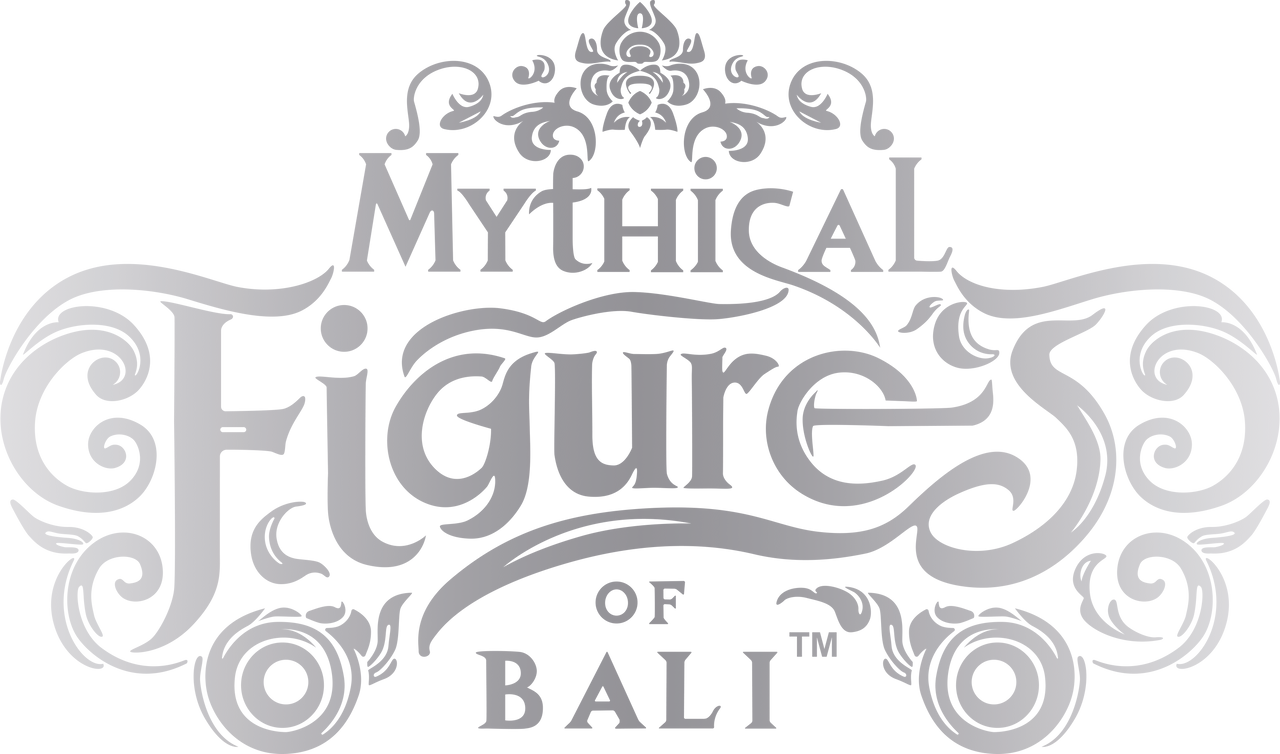Merging Tradition and Technology: Crafting Bali’s Mythical Silver Jewelry
Bali’s silversmiths have long been revered for their mastery of intricate jewelry-making, preserving techniques passed down through generations. These artisans have made Bali a global hub for fine silver and gold craftsmanship, known for their detailed handwork that reflects the island’s spiritual and cultural heritage. However, when I began designing The Mythical Figures of Bali™ collection, I wanted to not only celebrate this traditional expertise but also push the boundaries of design by incorporating cutting-edge technology.
I’ve always believed in using the latest technology to explore new design possibilities. Early in my career, in 1986, I worked in Helsinki, where I used one of the first CAD software programs to design the interior of a Finnish restaurant railway wagon. Later, in Brussels, my office became the first in Belgium to adopt 3D hardware and software to create virtual walk-throughs for telecom company stores. In 1994, I pushed the boundaries even further by creating some of the first online stores for our clients, demonstrating how technology can revolutionize design and retail.
For The Mythical Figures of Bali™, I applied this philosophy again by combining the unparalleled craftsmanship of Bali’s silversmiths with modern 3D modeling and world-class 3D printing technology.
3D Modeling by Adventure Game Designers
To bring the mythology of Bali into wearable art, I partnered with skilled 3D modelers, typically known for designing characters in adventure video games. Their ability to work with intricate and complex forms allowed us to capture the essence of Bali’s mythical figures—Barong, Dewi Sri, Drawapala, Hanoman, and Lion—with unparalleled precision. Each detail, no matter how fine, was translated into high-resolution digital models. This process gave us complete control over every aspect of the design before moving to the next phase—creating the physical prototypes.
3D Printing Technology
Once the 3D models were perfected, we turned to Materialize, a leading 3D printing company globally renowned for their precision. Rather than directly 3D printing in brass, the first step was to create the jewelry using wax printing, a specialized form of 3D printing ideal for jewelry production. The wax model was printed using SLA (Stereolithography), which uses a laser to cure liquid resin layer by layer. The precision of this process allowed for intricate detailing. Afterward, the wax models were used in the lost wax casting process, where molten brass is poured into a mold that has been created from the wax pattern.
This method allowed us to achieve an incredible level of detail in the final brass master pieces, which were then used to create the rubber molds needed for the silver jewelry production.
The Silver-Making Process
After the brass masters were printed and cast, the process of transforming them into fine silver pieces began. Here’s the step-by-step process:
-
Research and Design: We began by researching the mythology behind each figure, translating these ancient stories into modern, detailed designs through 3D modeling.
-
Creating the Brass Masters: The 3D models were printed in wax, which was used in the lost wax casting processto produce high-precision brass master pieces.
-
Rubber Molds: Once the brass masters were ready, they were used to create detailed rubber molds, which could be used for larger-scale production.
-
Wax Models: The rubber molds were filled with wax to create exact replicas of the figures, which were then attached to a "wax tree."
-
Lost Wax Casting: Using the traditional lost wax casting method, the wax tree was coated in a ceramic shell. After the wax was melted out, molten silver was poured into the cavity, forming the final figures.
-
Oxidized Finish: To enhance the depth of the figures, an oxidized technique was applied, darkening specific areas to highlight the intricate details of the design.
-
Polishing: The silver pieces were then polished to bring out their natural shine, a crucial step in ensuring each figure looked both elegant and refined.
-
Laser Engraving: The Mythical Figures of Bali™ logo was laser-engraved on the back of each charm, ensuring authenticity and giving the pieces a modern touch.
-
Protective Layer: A protective coating was applied to prevent the silver from oxidizing further, ensuring the jewelry remains brilliant over time.
-
Assembling the Bracelet: The final step was to assemble the bracelet, which combines a double-wrapped 3mm navy-blue braided cord and a 6mm x 2mm flat genuine leather strap. The bracelet is secured with a stainless steel black magnetic clasp, which allows for adjustable sizing, making it both practical and stylish.
Tradition and Technology Working Together
The process of creating the Mythical Figures of Bali™ collection is a perfect blend of tradition and innovation. By merging the detailed handcraftsmanship of Bali’s finest silversmiths with the precision of modern 3D modeling and printing, we were able to create jewelry that honors the past while embracing the future.
Bali’s silversmiths are unmatched in their skill, and this project has allowed us to take their craftsmanship to a new level by incorporating modern tools that enhance their work rather than replace it. The result is a collection of jewelry that captures the spirit of Bali’s mythology with stunning precision and detail—combining the best of both worlds.
By always pushing the boundaries of what technology can achieve, I’ve been able to apply my experience from working with the first CAD systems in Helsinki to pioneering virtual walk-throughs in Belgium and designing early online stores. Now, I am proud to say that this innovative spirit continues with The Mythical Figures of Bali™ collection, where ancient traditions meet the future of design.
